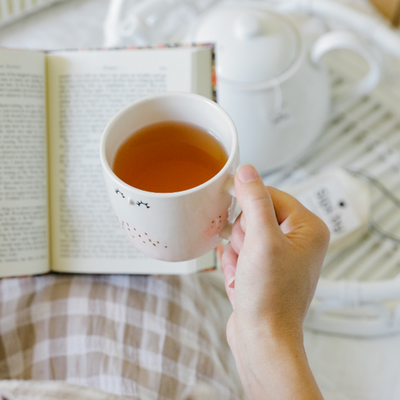Tea is a ritual. It has been for centuries, with gong fu cha in China, matcha ceremonies in Japan, a pot of your Auntie’s favorite chai in India, your local neighborhood’s community guayusa, to tea houses in London and across the world.
Tea is a ritual that we perform for ourselves to center, calm, and ground; and it is also a ritual you can share with others to bring more connection and community into your life.
It's an opportunity to slow down, take care of yourself, and connect with those around you.
I want tea drinkers to experience tea as more than just a caffeinated beverage—it can be a gateway to self-care and mindfulness.
Sips by is the #1 rated tea club. Made by tea lovers for tea lovers, our personalized tea discovery box matches you with 4 new premium teas chosen from thousands of top-rated teas based on your unique taste preferences. Learn more about our tea of the month club.
What is Mindfulness?
Mindfulness is the art of living in the moment and observing your thoughts, feelings, and surroundings without judgment. Mindful tea brewing offers a perfect opportunity to practice mindfulness because it takes place over time and allows for an exploration of sensations.
Read on for different ways tea drinkers can practice mindfulness when making loose leaf tea. From observing the art and story on the packaging, learning about the brand, studying the ingredients if it's a tea blend, feeling the density of the blend within the bag, listening to the sound of contents in the bag when you shake it, observing dry leaves or smelling them before brewing, each exercise is a tool you can use to build your own personal practice with tea!
If you’re interested in deepening your relationship with tea, this blog post will give you some tips on how you can bring mindfulness into your loose leaf tea practice by focusing on all aspects of the experience—from what's inside the bag to listening to the water when brewing.
When to Try Mindful Tea Drinking?
Mindful tea drinking is a ritual that can be enjoyed any time of day. The tea-drinking process itself embodies mindfulness, from the careful preparation to the awareness of every sip and breath as it's taken. In this post, I explore several ways you can bring more mindfulness into your tea practice.
Before I started Sips by, tea was my favorite mindful practice. Before I incorporated tea as a mindful practice into my life, I just knew that it made me feel really good every time I drank it.
Before we jump in, take a moment to reflect on how building a personal tea practice will impact you, those around you, and your year.
I hope that you'll find at least a few of these exercises to be useful on your path to discovering great tea!
Set and Setting
Often overlooked, this is the personal (and mindful) tea ritual equivalent to mise en place in French cooking. I love this step because it establishes the set and setting and puts me in a fully present place to explore the tea at hand.
Brewing equipment - these should inspire you with a balance of ritual and discipline
'Stage' - set up a dedicated space for brewing and preparing your tea, such as a tea tray
-
Consider incorporating the five elements into your set:
Metal (ex: tea kettle, teapot, stove you heat the water on, or microwave)
Wood (ex: spoon or bamboo tool)
Water (ex: the filtered water you use for tea)
Fire (ex: a candle, how you heat the water, or the heated water itself to represent the energy of heat & fire)
Earth (ex: tea leaves)
Optional: Tea pet :)
-
 Sold out
Sold out -
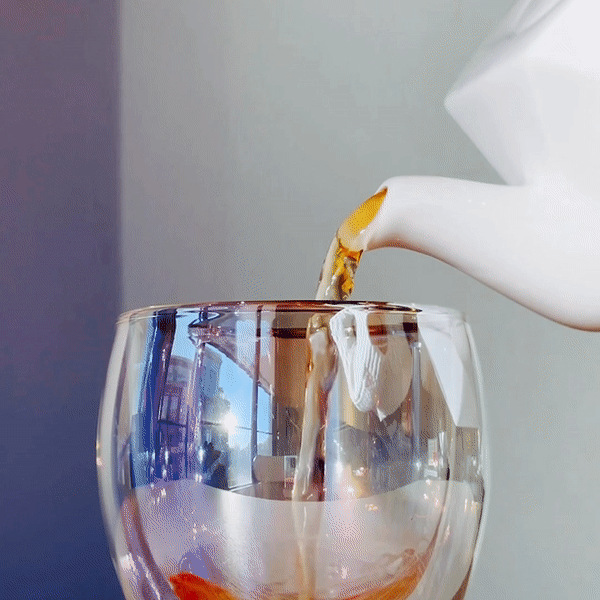 Sold out
Sold out -
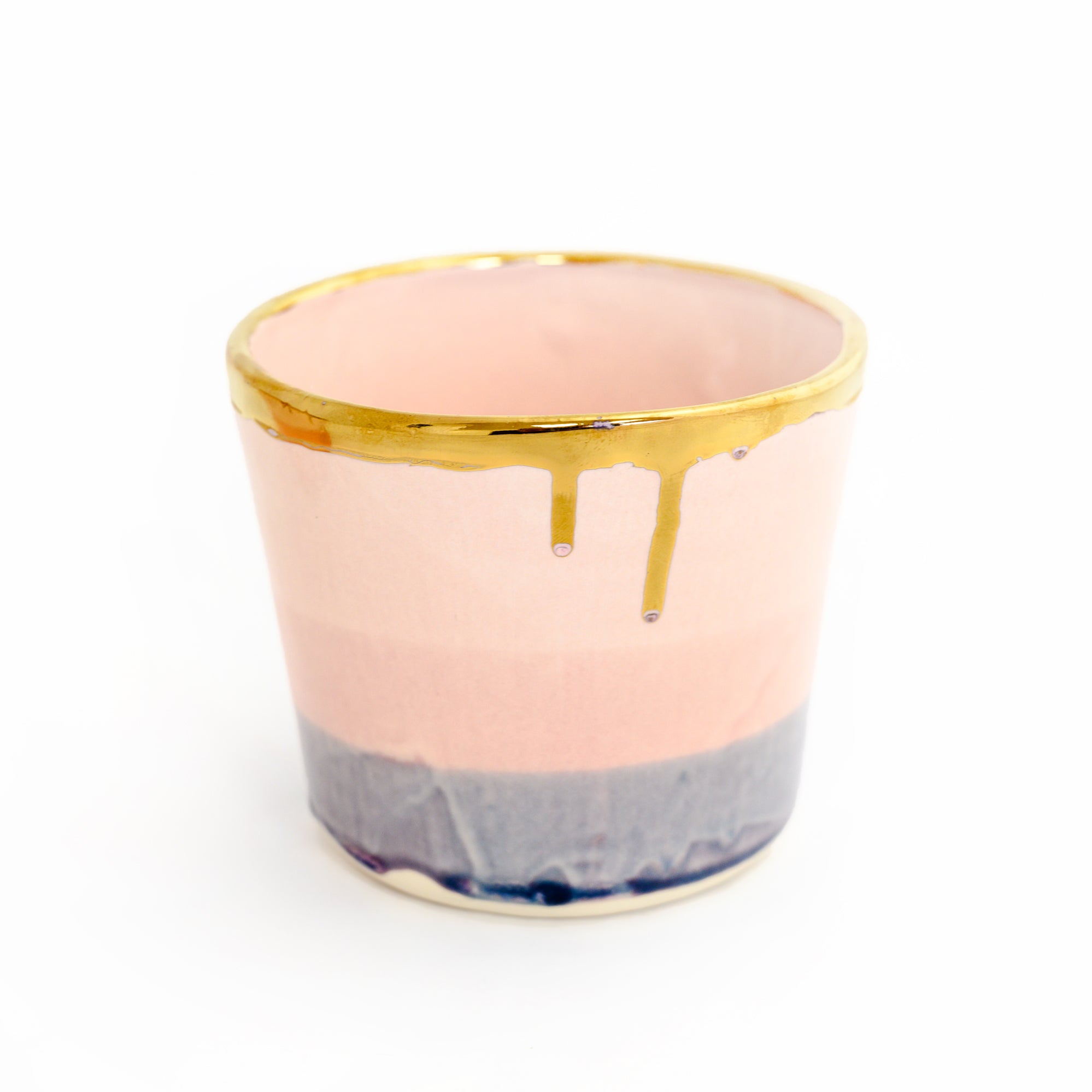 Sold out
Sold out
The Water
Collecting the Water
How do you fill your kettle? Try a breathing exercise while you do this:
Deep breath in for 2-3 seconds.
Hold for 2 seconds.
Release slowly for 3 seconds.
Repeat
As an alternative exercise, be mindful of the water. How does the water sound filling up your kettle? Do you feel the water affects the temperature of the kettle in your hands? What does the water flowing from the spout or hitting the kettle sound like?
Heating the Water
Learn tips for how to listen to your water to know when it's ready (this will vary by kettle or warming device).
How to Audibly Observe Water During Heating:
Resonance of air
Vibration of container
Sounds of water via splashes or bubbles. The hotter the temp, the louder and higher pitched the sound.
Challenge: Close your eyes and listen as the water transforms from its original temperature to a boil while being mindful of the sound of the water at each stage. Open your eyes when you believe the water is ready for brewing tea. Practice to increase your accuracy!
How to Visually Observe Water During Heating:
Learn tips for how to observe your water to know when it’s ready. This could vary by kettle or warming device, but less so than listening. See a general guide below!
Observe the 5 Stages of Boiling Water visually (without a thermometer) and pay attention to the size and sound of the bubbles at each stage:
Shrimp Eyes: 160° F | no steam
Crab Eyes: 175° F | small wisps of steam
Fish Eyes: 180° F | moderate steam
Rope of Pearls: 190° F | heavier steam
Raging Torrent: 200-212° F | high steam
-
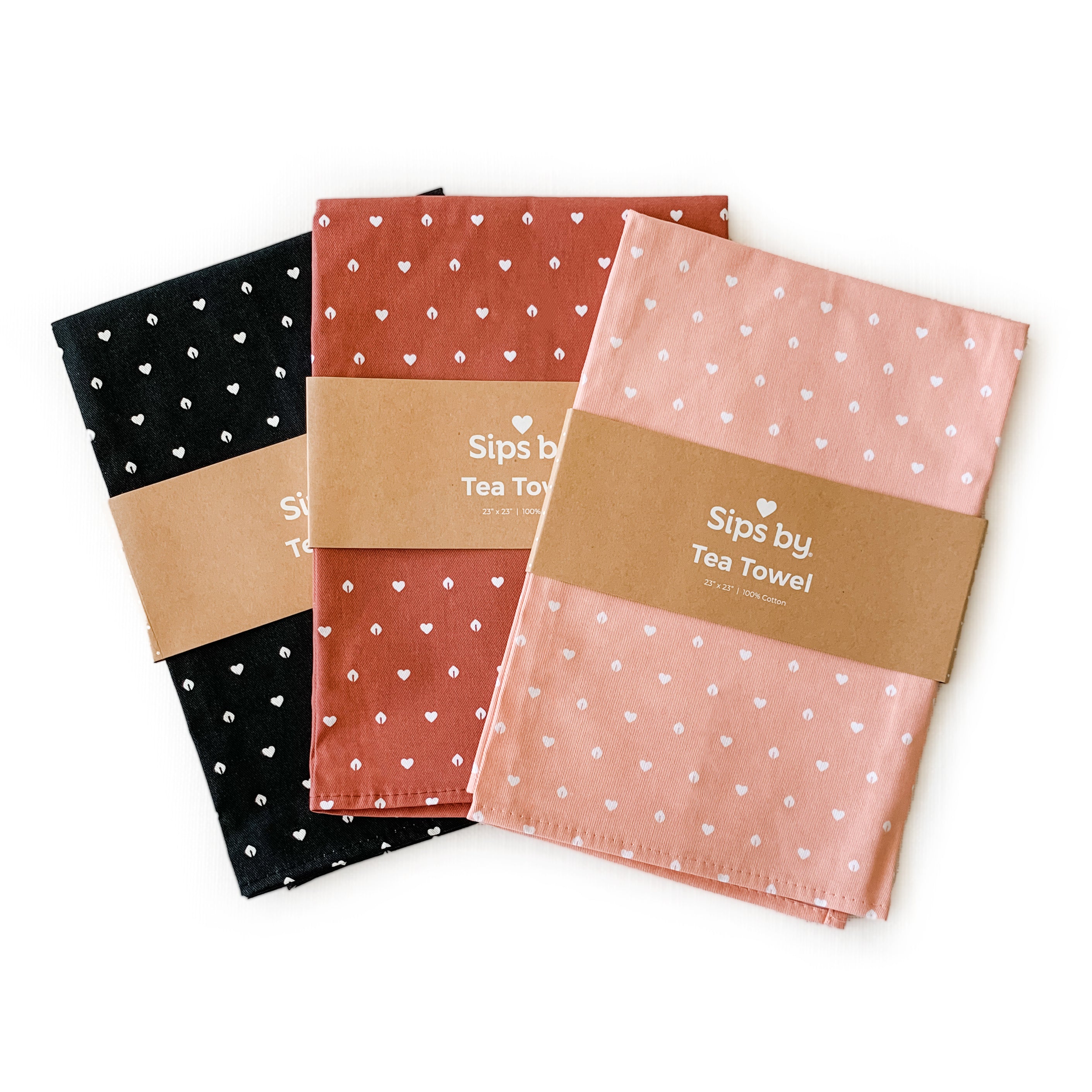 Sold out
Sold out -
 Sold out
Sold out -
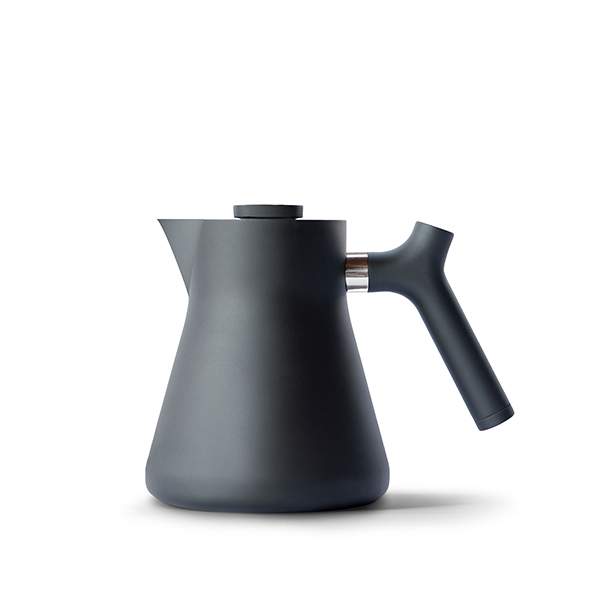 Sold out
Sold out
Observe the Packaging
This step is delayed gratification in a sense, however, whether or not we're conscious of doing this... we're doing it. I love this step because it helps me to connect with the tea before jumping to conclusions about what it is vs isn't based on leaf/blend appearance and aroma. If it's anything like how I pick my nail polish colors, though, it also could present a pretty strong bias on how much I like (or not) the tea itself.
Aesthetic Experience
Touch. What material is used? How does the texture of the material feel in your hands?
Vision. Take in the overall aesthetic of the packaging. How does it make you feel?
Vision. Is there artwork on the packaging? What colors are used? How do these colors make you feel?
Vision. For those of you into type, is the font serif or sans serif? Whimsical or serious? How does the way the words you're seeing make you feel? What sensations does it stir up in your body?
Names, Words, Stories
At first blush, what is the story behind this tea? The brand?
What is the brand name? What does this brand's name make you assume about the brand? What are your initial impressions?
Where is this brand based? What associations do you have with the place where this brand is located?
What is the name of this tea? What emotion does the name of this tea provoke? What associations with the name of this tea do you have?
What are the ingredients? If a pure tea, is it a blend of tea leaves, or single-origin? If a blended tea, what are the ingredients? Is the ingredient list aligned with the name of the tea? Does it have essences or oils? Flavoring? Is it all-natural? What are the potential allergens?
What are the steeping instructions?
What are the tasting notes?
How did this tea go from the soil to your cup? If the information is available, learn about the brand's sourcing and/or blending practices. Which growing region is this tea from? If it's a pure tea, do they mention a specific tea garden? Or is it a blend of different pure tea leaves from different farms? If it is a single-origin tea from the same farm, do they mention the farmer? The maker? Rarely, you may hear the story of the tea maker or how the tea you're about to drink is harvested and processed using techniques passed down from generation to generation. This can be a wonderful treat to fully absorb this information before taking your first sip. If a blended tea, do they blend the tea themselves by hand, or do they work with someone who blends the tea on their behalf? If they blend the tea themselves, can you find any information on their specialty? Or from where or how do they source their ingredients?
Based on what you see, how do you think the experience of this tea is going to be for you? How do you think it will taste? How do you think it will make your body feel once you drink it?
What else do you notice about the packaging? :)
-
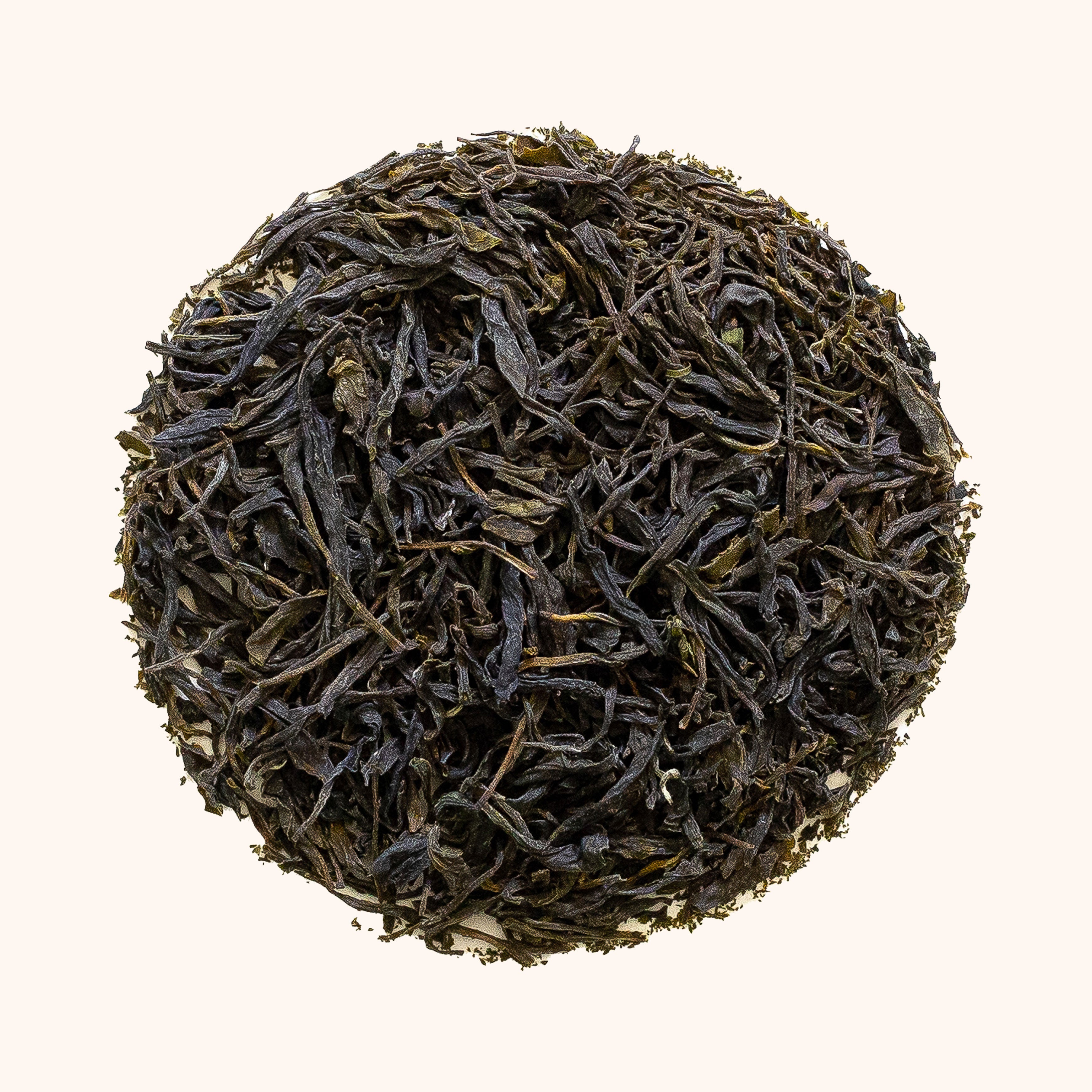 Sold out
Sold out -
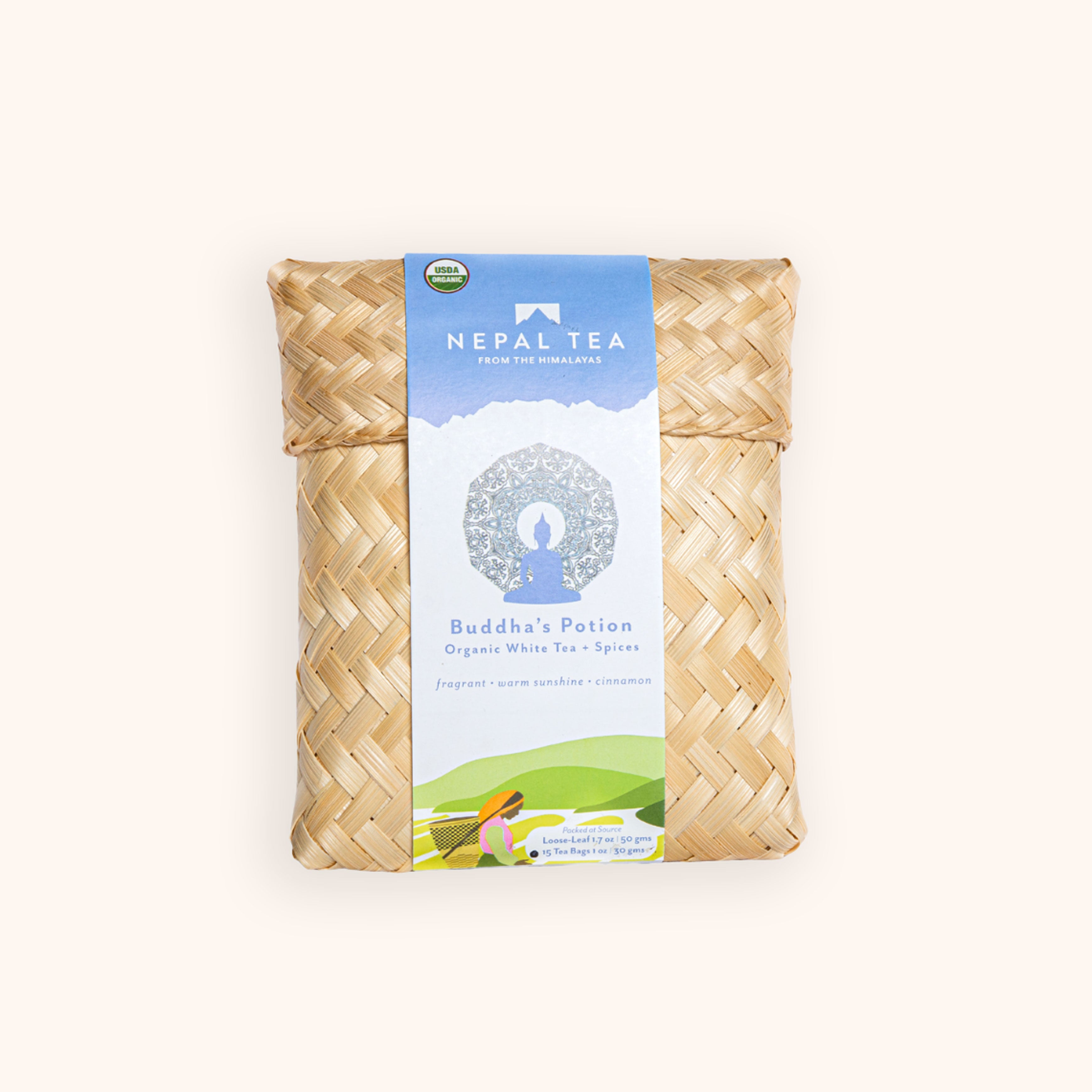 Sold out
Sold out -
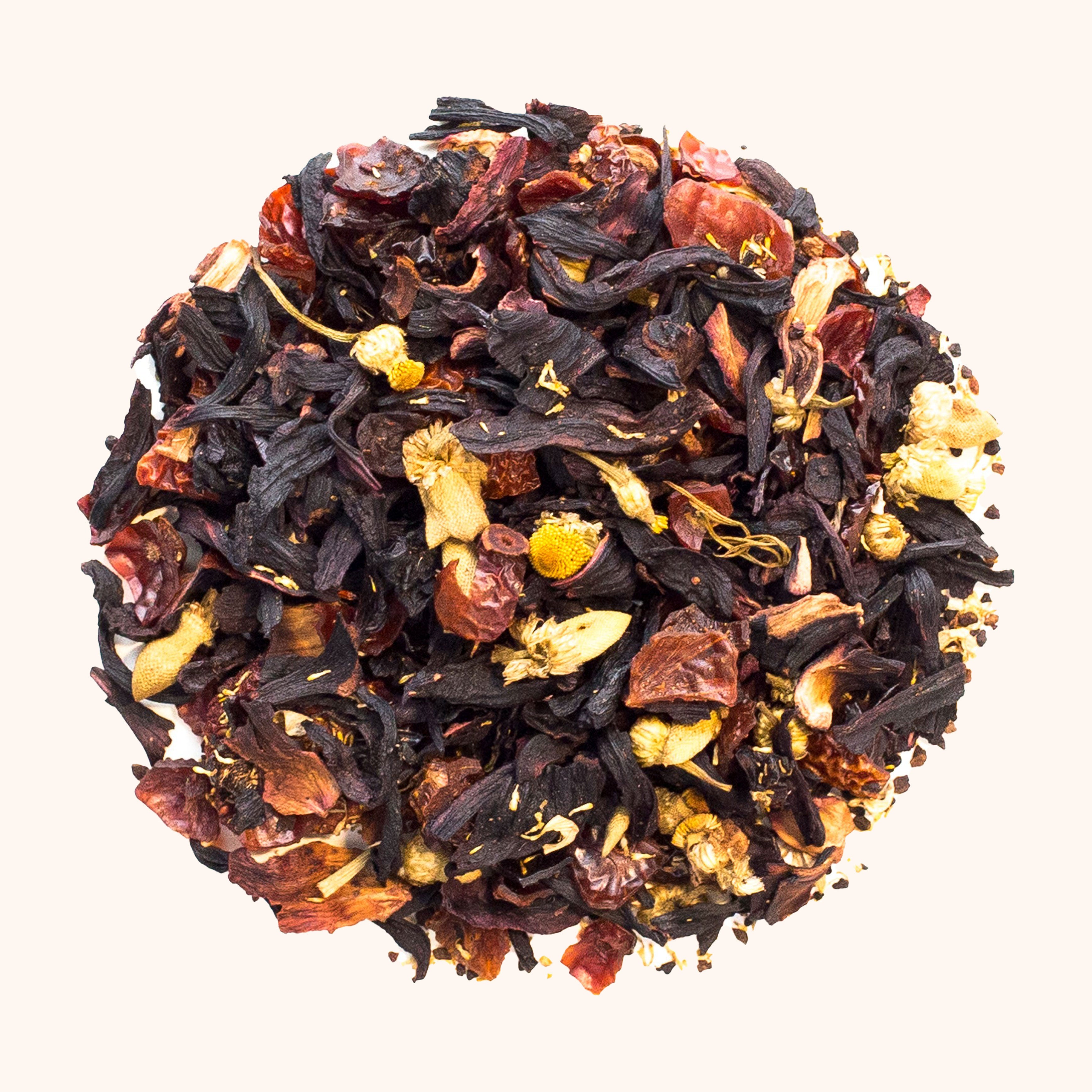 Sold out
Sold out
Before You Open the Package
X-Ray Vision and Spidey-Senses
Ah! More delayed gratification. Aka balance. Yin, yang. This section walks you through how to observe the loose leaf or blend inside of the sealed package.
Before opening the sealed package, take it in your hands and delicately feel the contents. Notice: is it light or heavy? Dense or fluffy? Delicate or durable?
Shake the package, and hear the sound of what’s inside. What do you hear? How would you compare the sound to something familiar or nostalgic?
Notice the movement of the contents in the unopened bag when you shake it. Do the contents move freely? Is the movement significant? Different teas and blends have different densities and will shake or move differently—fluffy, light, delicate teas will hardly move whereas black Assams or chunky dry nutty blends can shake like maracas whereas sticky chai may move as a gooey unit or not at all.
What do you anticipate the leaves or blend will look like before opening the bag? Try to visualize it with your mind, not your eyes.
Open the Sealed Package, and Observe the Loose Leaves
The party has started.
Shake, then smell with your nose
Shake, then smell with your mouth
Dump the entire contents out into a bowl, or onto a plate. What sound does it make when the contents hit the dish? When the leaves or ingredients collide with each other?
Play with the tea, touch it. Run your hands through it. How does it feel in your hands? Notice if the aroma of the leaves or blend is traveling. Do you like it?
Observe the dry leaf or blend. Is it dense or fluffy? What do the leaves look like? How would you classify the leaf type (full? broken? pieces?). Can you tell which tea category the leaves are? Where it comes from (if not already indicated on the package?). Was it what you expected to see?
When you measure a standard teaspoon, do you need to add more to achieve the right weight to brew because of the fluffy or dense nature of the leaves or blend? It's time to prepare your brewing vessel!
The Infusion
Go naked, go big, and enjoy the dance of the leaves.
To experience the dance of the leaves, a gravity loose leaf tea infuser is best. This term is used to describe how the tea leaves open and move through the water as they steep. While the tea leaves unfurl, be sure to observe the changing color of the water as it steeps.
-
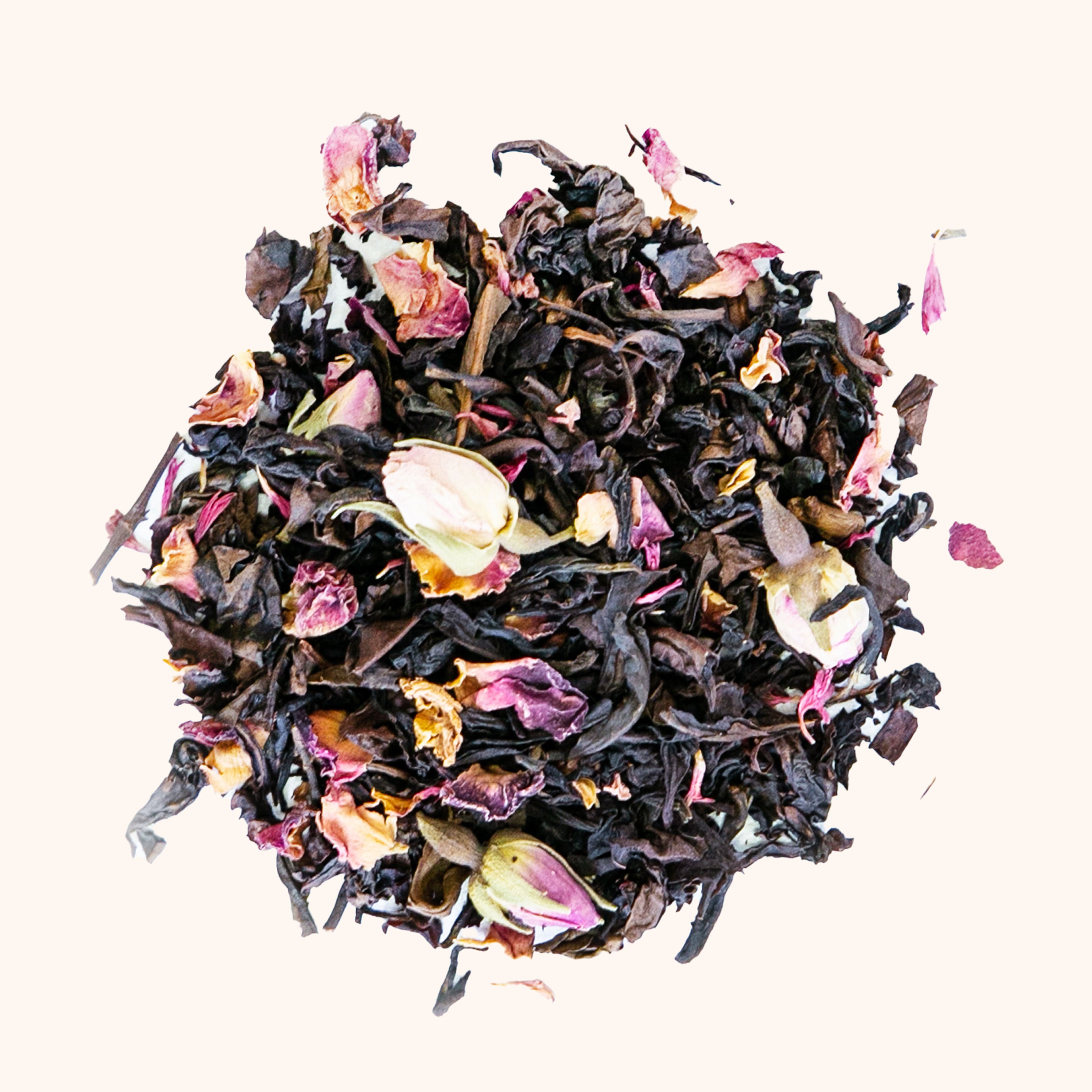 Sold out
Sold out -
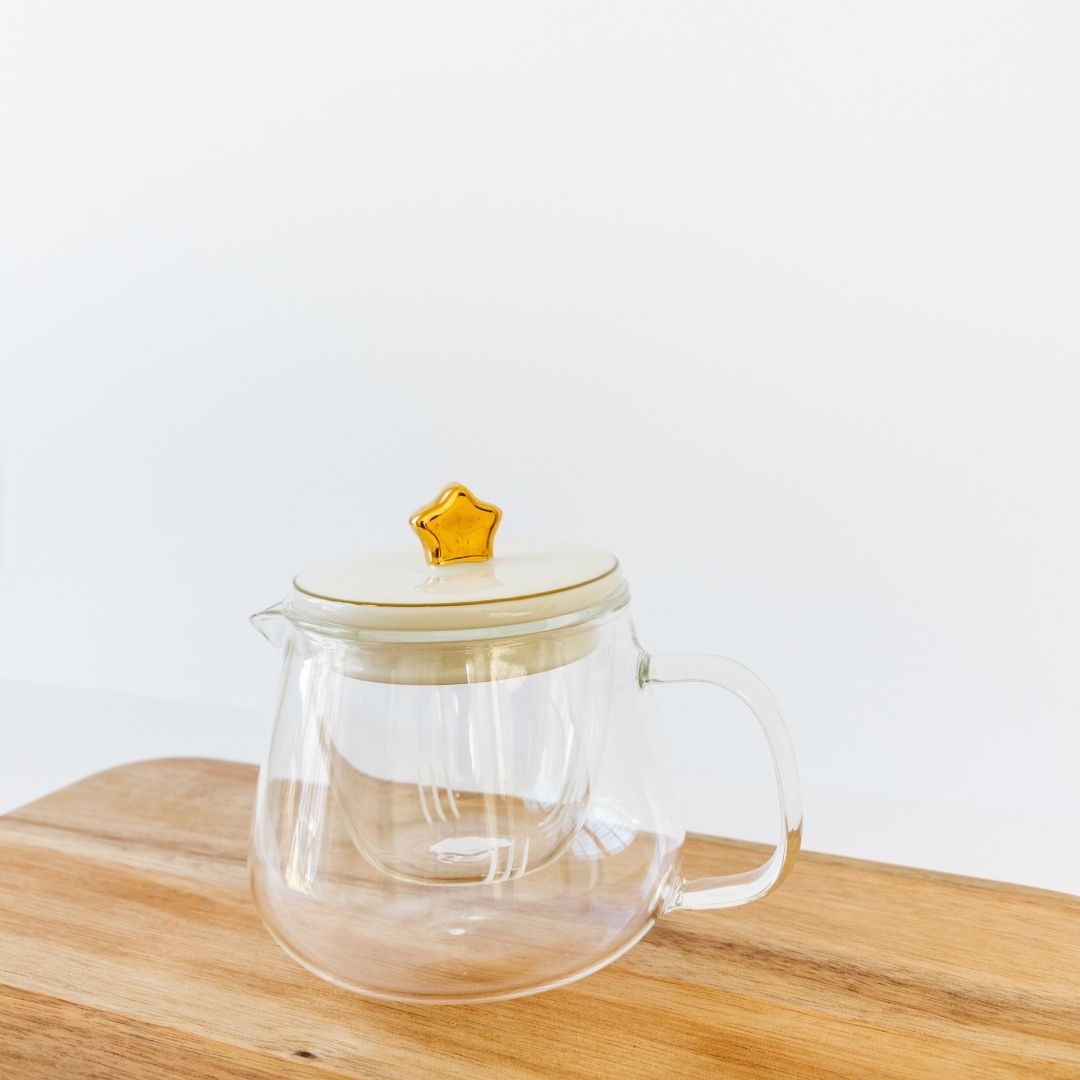 Sold out
Sold out -
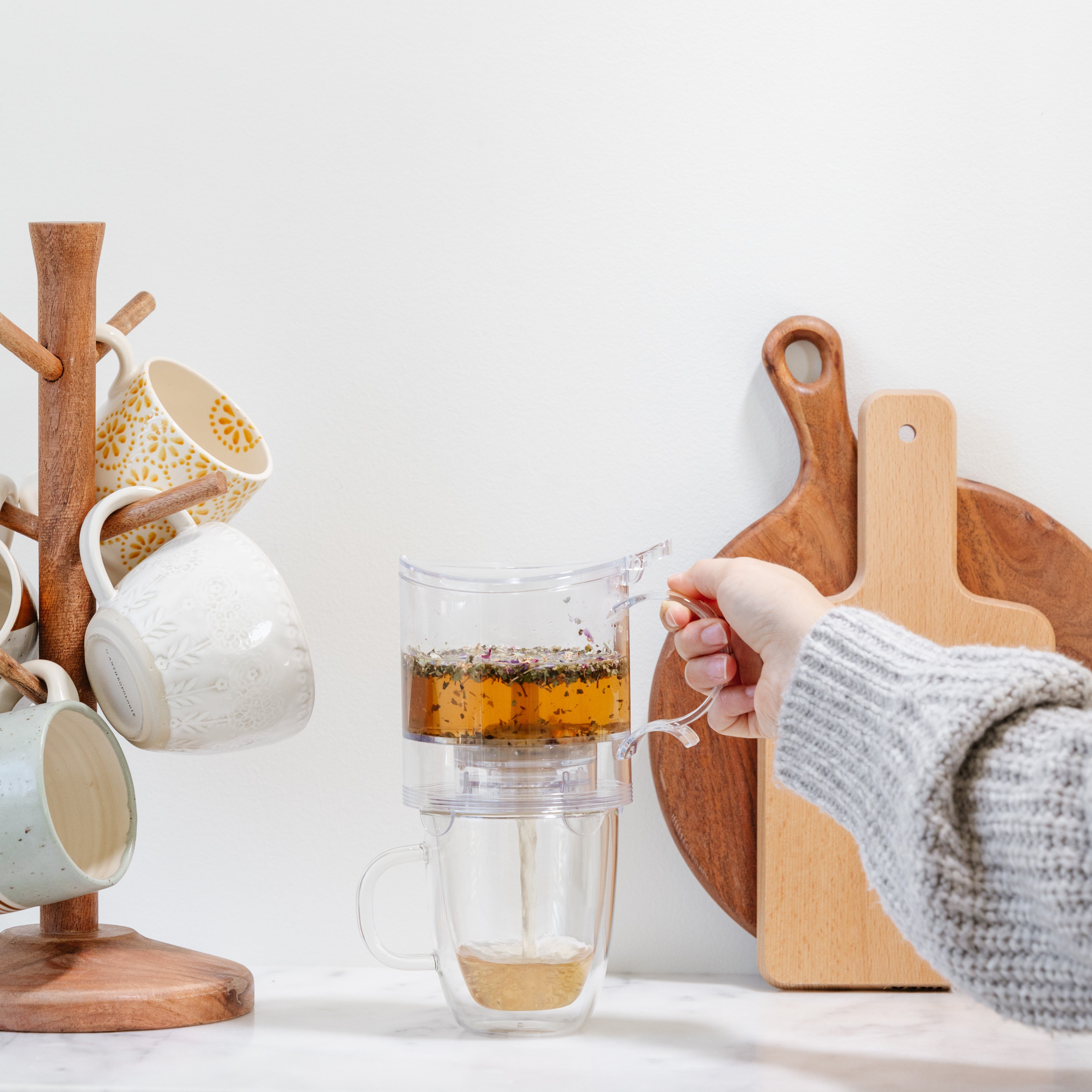 Sold out
Sold out
The Separation of Liquor from Leaf
Once steeped, pour/strain the tea (can use a pitcher or teapot)
Before tasting, experience the aroma
Observe the wet leaf, can they be re-steeped?
Observe liquor (look out for clarity, color, etc)
The Taste
Pour liquor: (if you have one) share with a tea pet first, then a guest, then self to represent honor, discipline, humility
Taste liquor: slurp, then double slurp to experience the olfactory stages
Observe tea going from mouth to esophagus to stomach
Observe the sensation that comes over your body and mind as you consume the tea (5 min). Practice mindful exercises to try to isolate the smell from taste from sensation, fully appreciating the chi (energy) in tea (15 min)!
L-theanine: L-theanine in tea is a “free-form” non-protein amino acid that does not require digestion. Because L-theanine isn’t bound to a protein, it absorbs into the blood system to the brain—crossing the blood-brain barrier—within 30 minutes of consumption for fast-acting and impactful effects on your body!
Check in 30 minutes after drinking your tea. How does your mind feel? Are you calmer? Grounded? Centered?
Re-steep your tea leaves and repeat!
Wellness Tea Shop
Shop these wellness teas to help with anxiety, stress, sleep, detox, colds, energy, and more. Take care of your body while relaxing with a hot cup of tea.

Interested in trying these teas and others? Subscribers receive 4 teas chosen just for them in every box. Learn more about our tea subscription box or explore the loose leaf tea shop.
About Sips by: We’re a female-founded and led startup that makes discovering tea fun, personalized, and affordable. The Sips by Box is the only multi-brand, personalized tea subscription box. Each month, we match tea drinkers across the U.S. with delicious teas from over 150 global tea brands that we’re sure they’ll love. Based out of Austin, Texas, we are adept at savoring a hot mug even when it’s seasonally inappropriate.














